On the back of a S106 agreement, completion on 4 February 2021, Manbré Wharf finally achieved planning consent, comprising enhancements to the existing 6 storey ‘Refinery’ building and the creation of a new riverside garden.
A veritable Renoir painting in the making.…’Tis a rarity when one gets to capture a river in all its lifeform, integrate a new landscaped garden with the Thames path; all within the backdrop of Joseph Bazalgette’s iconic Hammersmith Bridge and the former Grade II listed Harrods Depository.
The site is steeped in history. Formerly part of the grounds of Brandenburgh House, Queen Caroline known for her love of Regatta’s and parties on the river, took residence in 1819; then becoming a sugar refinery in 1872 – the Manbré and Garton Saccharine Works.
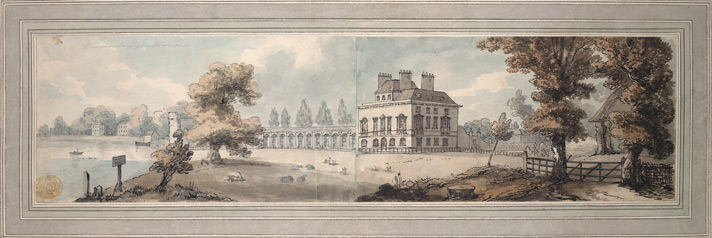
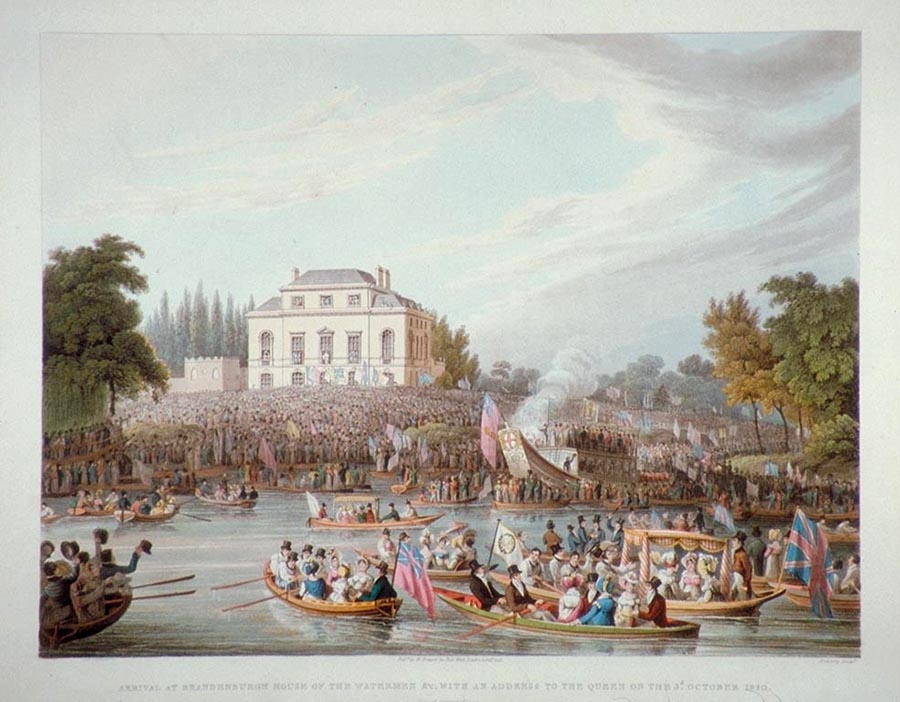 Matthew Dubourg, Arrival at Brandenburgh House of the Watermen
Matthew Dubourg, Arrival at Brandenburgh House of the Watermen
Today this parcel of land sits on a popular route for boat and river races.
It was, hence, incumbent upon dn-a’s intervention to both respect the past and embrace the future, figuratively and physically.
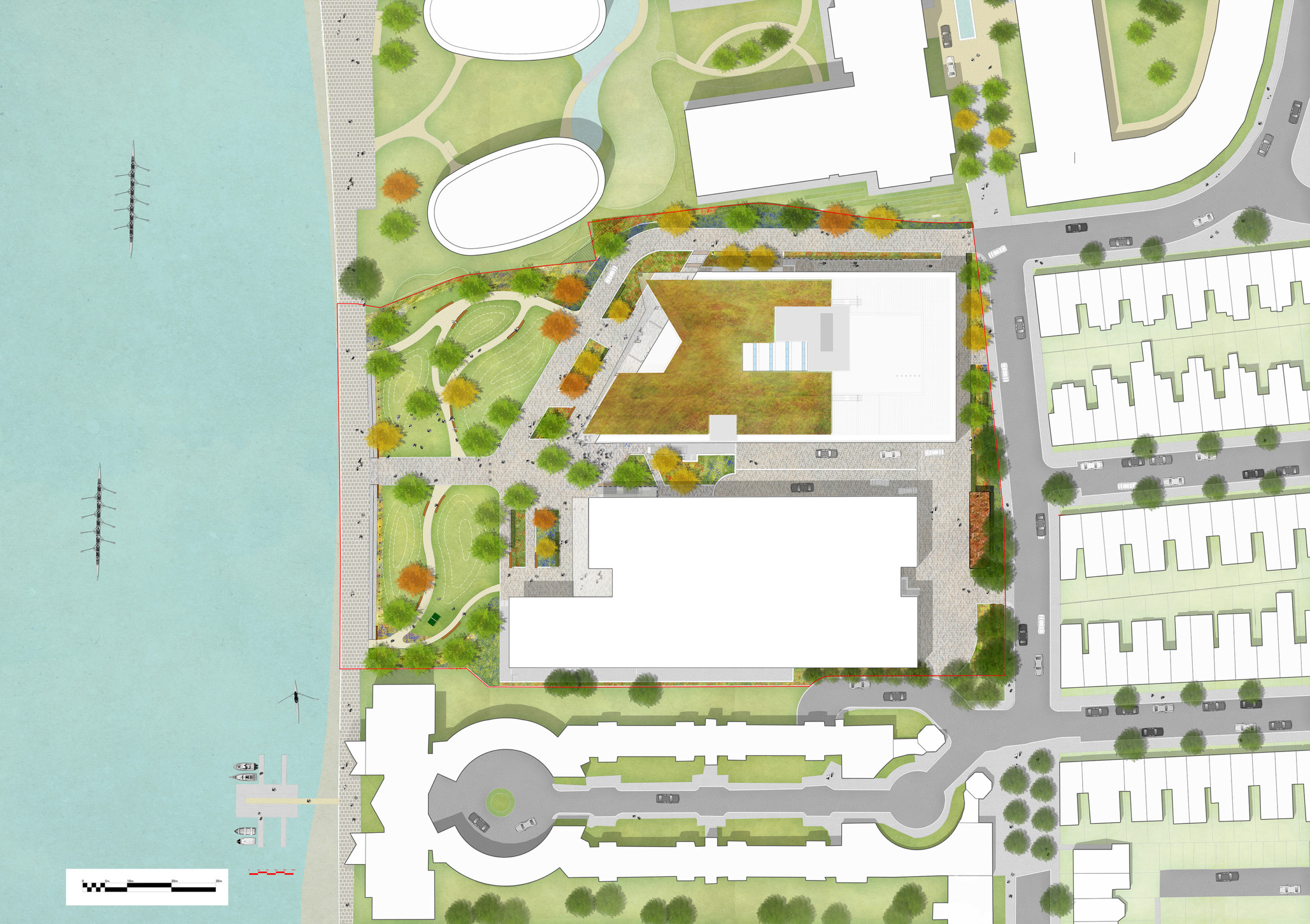
Landscaped Masterplan – MacGregor Smith
A 2-storey extension re-establishes the frontage to Manbré Road, seeking to reconnect with the community and stitch symbiotically into the urban fabric, which had over time been eroded.
A 6-storey extrusion and associated new Manbré Gardens open to customers and the public, along with both the widening of the Thames Path and a new central access into the site, reinstates the long-lost connection with the rhythm and animation of the river and the Thames Path.
 River Analysis – MacGregor Smith
River Analysis – MacGregor Smith
When combined with its existing sister building ‘Waterfront’, the overall development provides 250,000 sqft of ‘grade A’ office, 13,000 sqft of amenity and extensive accessible open green space.
It was a deliberate and conscious decision to avoid a new build and instead, retain the existing structure ‘back to frame’ and extend, with sustainability and embodied energy benefits in mind.
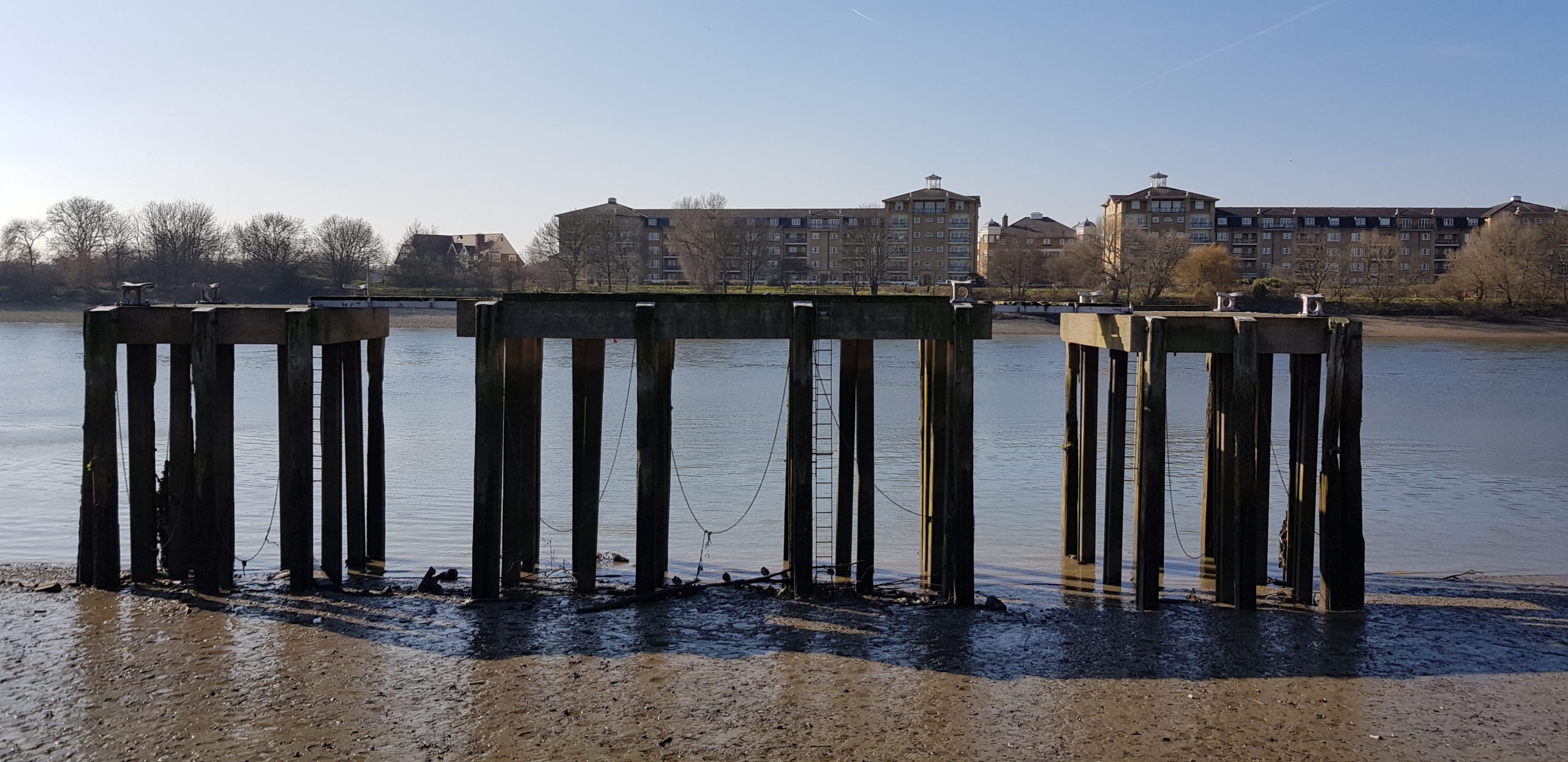
The building form is a 3-dimensional play of geometries and spaces that subliminally and overtly reinforce and address its relationship in both the wider context and within, to encourage serendipitous encounters between users and improve health and well-being. So relevant, given the challenges of isolation many office users and businesses have been and are still enduring.
The existing gauntlet of steps and ramps has been removed by dramatically raising the land by ~ 1.3m at its maximum point across the main entrances to both buildings on the southwest, allowing for a more inclusive and accessible site. As a consequence, this enables the dissolution of the café/restaurant’s boundary between inside and out.
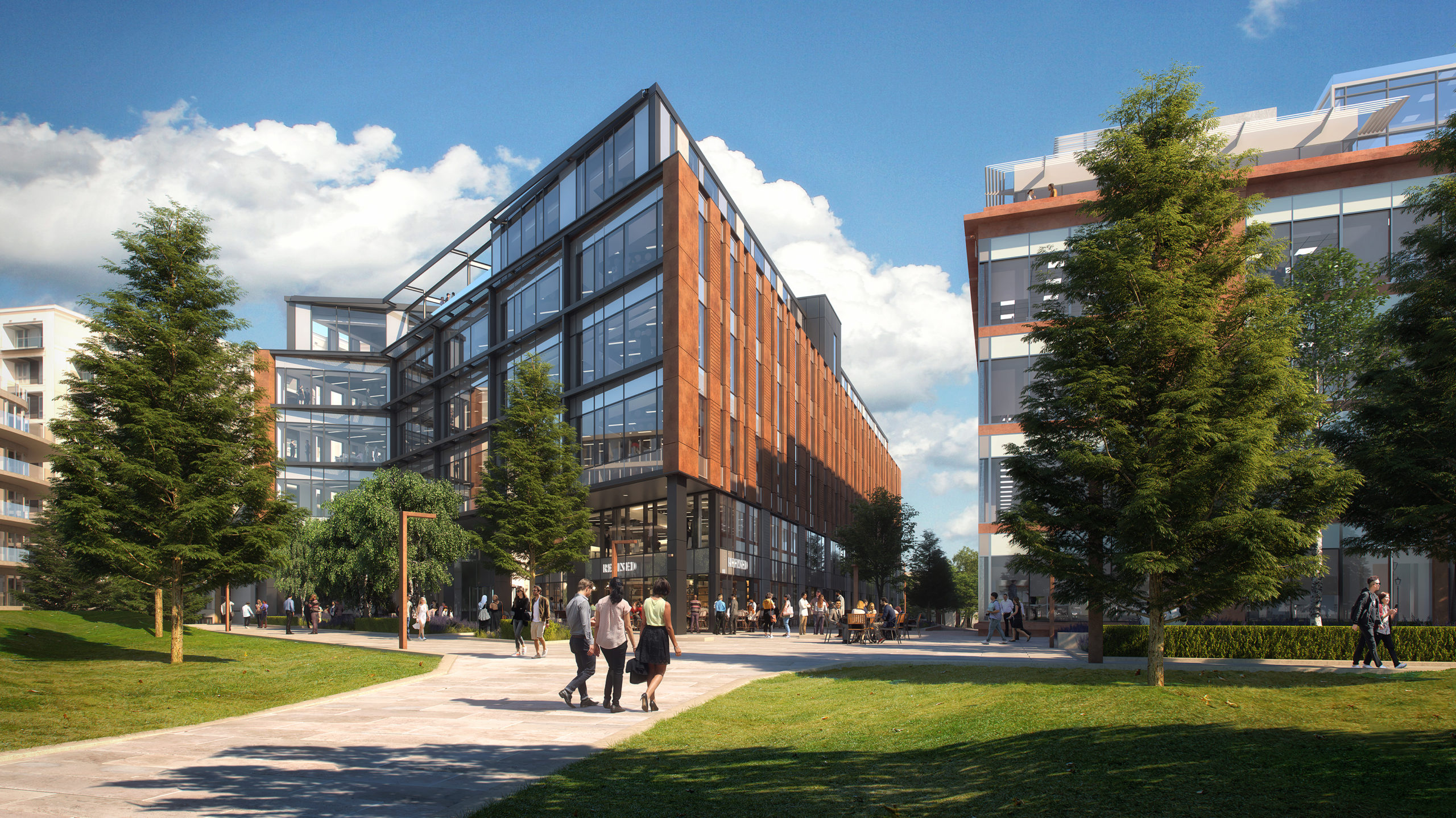
Elevationally the building has a 2-storey and more transparent amenity and offices ‘plinth’ which connects at a more human scale with its immediate surroundings.
The middle layer is distinguished by the use of a rustic ‘weathered’ metal cladding which draws on the former industrial heritage and the exposed riverside nature of the site. This weathered metal concept has been taken through to the external railings, signage metal panels and lighting columns.
The top is a single set back penthouse storey that comprises offices to the southwest, with panoramic views and carefully screened plant to the northeast.
This elevational segmentation has a strong contextual reference to many of the recent neighbouring developments, though still retaining some of the verticality of the existing façade and its sister building.


(Left) Natasha Wheatland – patchwork (Right) Edward Burtynsky – Shipyard #15
The Manbré Gardens proposal introduces sinuous landforms inspired by the fluvial forms of the river and feature contextually relevant planting and trees that help direct views and enhance biodiversity, as does the incorporation of a green roof on the building.
Weather permitting, it is envisaged that the likes of pilates and yoga classes will animate these external spaces along with the occasional temporary pavilions for events and food.
A seating terrace that hugs the length of the Thames Path, defines the edge of the site, providing opportunities for reflecting or enjoying the likes of the University Boat race and spectacular views. Alternatively, one can simply read a book overlooking the river.
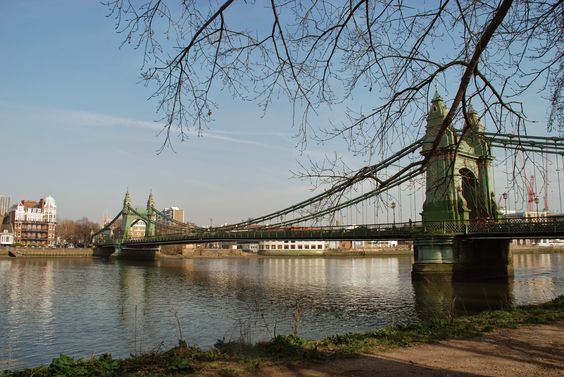 Bonny Bonafilla – www.justsaying2u..com/2014/07/h-is-for-hammersmith-bridge
Bonny Bonafilla – www.justsaying2u..com/2014/07/h-is-for-hammersmith-bridge
Occupiers aspire to locate within amenity rich collaborative environments which can support recruitment, customer retention, well-being and productivity. To this end, the scheme incorporates a roof top club room, a business lounge, café/restaurant, co-working incubator and event spaces.
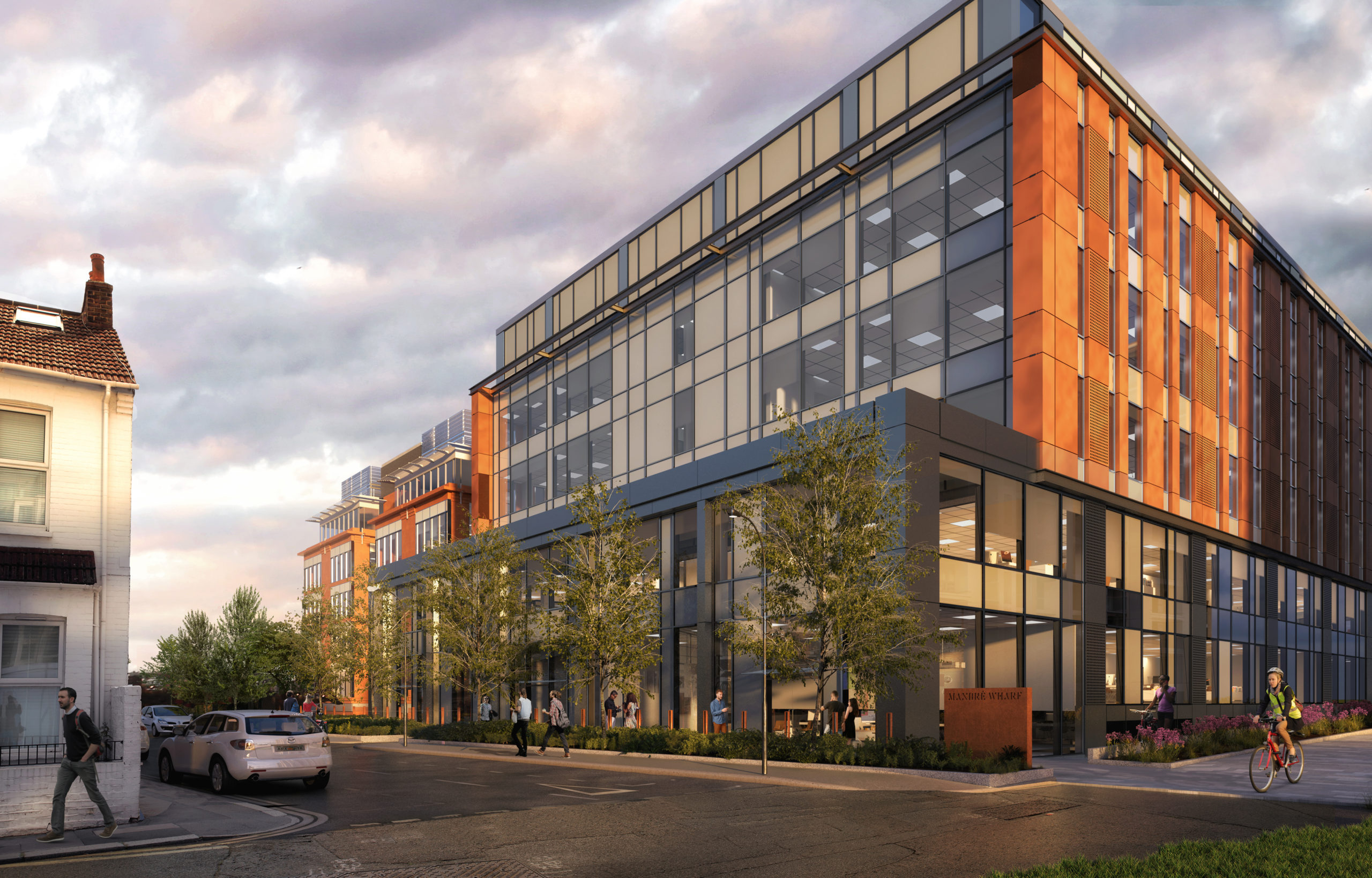
Refinery offers 123,000 sqft of fully “Lab Enabled” space. Flexibility is key, from high specification office or Biosafety Containment Level 2 Wet Lab space to 100% of each floor, offering everything from a single bench in a shared lab and access to business lounge write up space, to private, managed labs and office space.
Arlington intends to reposition the entire development, which incorporates both the ‘Refinery and Waterfront’ buildings, creating a vibrant market leading community with ‘place making’ at its heart, which is in harmony and people centric.